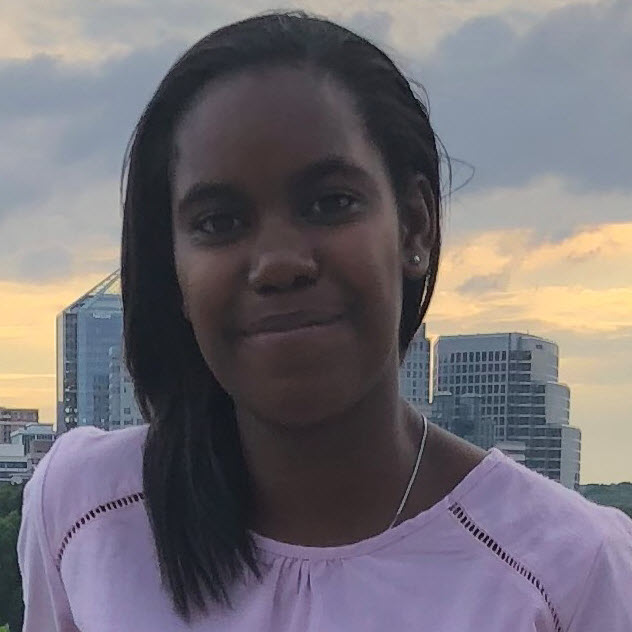Below is a summary of the abstract you submitted. Presenting author(s) is shown in bold.
If any changes need to be made, you can modify the abstract or change the authors.
You can also download a .docx version of this abstract.
If there are any problems, please email Dan at dar78@pitt.edu and he'll take care of them!
This abstract was last modified on May 2, 2019 at 2:02 p.m..

In an attempt to expand the diversity of phages that infect hosts within the Mycobacterium genus, 22 freshmen who comprised the William and Mary 2018-19 SEAPHAGES Lab attempted to identify phages that infected Mycobacterium achiense. We selected this host because we wished to investigate host range in Mycobacterial species other than M. smegmatis given the clinical importance of the genus and also because there are currently no reports of phage isolated from M. achiense. Moreover in the past year, high school students from Jamestown, Virginia participating in phage outreach events at William and Mary, isolated over 50 phages from this host. However after eight weeks and several hundred enrichment attempts in the 2018-2019 SEAPHAGES program, only a single phage was isolated – HerbertWM. Working with HerbertWM presented challenges and puzzles at every step of the process. The phage consistently had extremely low titers that declined quickly over time. DNA isolation was equally challenging. Following optimization of DNA extraction methods, PEG precipitation of large volume liquid cultures produced a sufficient amount of DNA for sequencing. Sequencing resulted in a 51 kb phage that may represent a new subcluster within the A cluster. Surprisingly, there was also a 11 kb “phagelet” that shared little identity with the 51 kb HerbertWM, but did encode a terminase, a tape measure protein, and several structural proteins. A current hypothesis proposes that this 11 kb fragment may represent a satellite phage; all phages isolated from this species appear to have the 11 kb fragment based on gel analysis. Sequencing of the host and other M. achiense phages is underway to resolve the ongoing puzzle of the unique bacteriophages isolated from this host.


